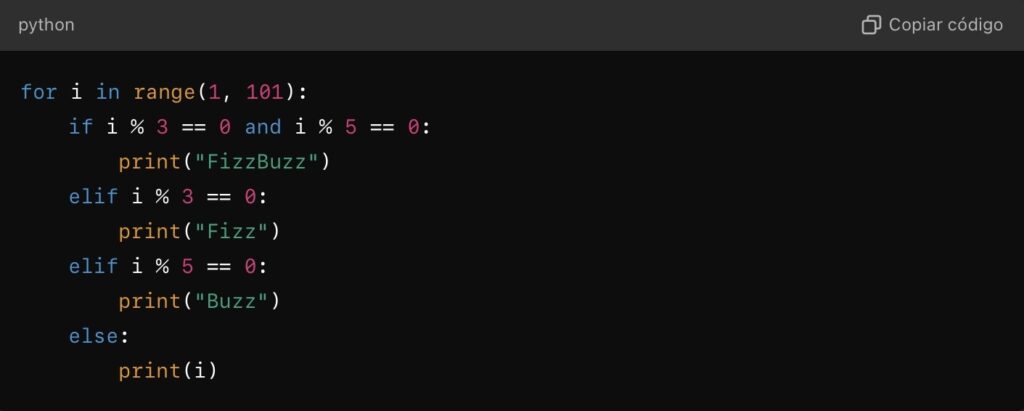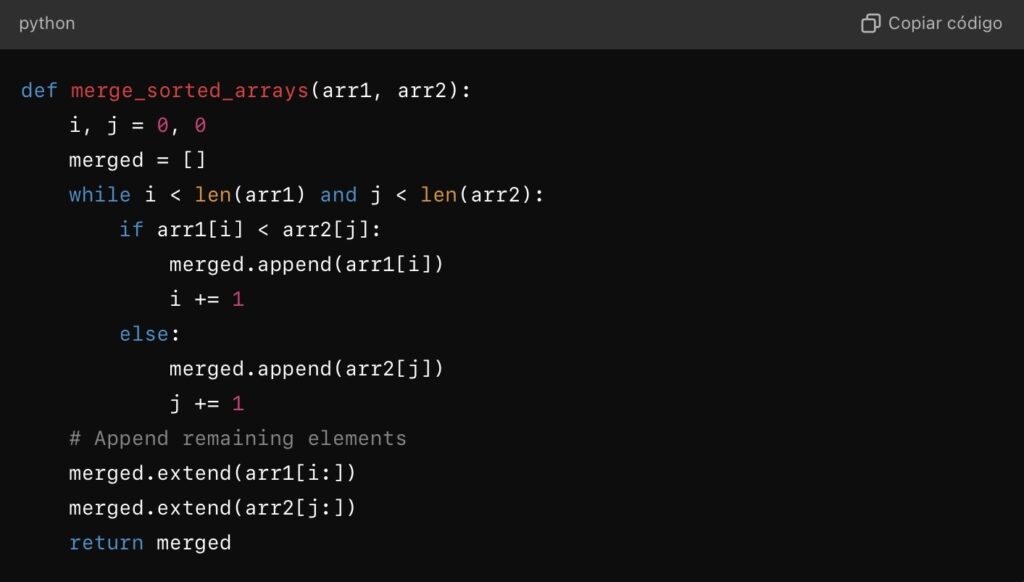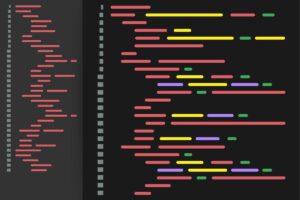Coding challenges are more than just exercises—they are an essential tool for sharpening your problem-solving skills and building a strong programming foundation. Whether you’re preparing for a coding interview, working on a personal project, or simply looking to level up your skills, certain coding challenges stand out as must-know benchmarks for every aspiring developer.
In this blog, we’ll explore five essential coding challenges that cover core programming concepts, explain why they are important, and provide strategies for solving them. Tackling these challenges will prepare you to handle real-world problems and excel in technical assessments.

1. FizzBuzz: The Gateway to Programming
The Challenge:
Write a program that prints the numbers from 1 to 100. For multiples of 3, print “Fizz” instead of the number, and for multiples of 5, print “Buzz.” For numbers that are multiples of both 3 and 5, print “FizzBuzz.”
Why It’s Important:
- Core Concept: Control structures (loops and conditionals).
- Real-World Application: This seemingly simple challenge tests a developer’s ability to implement logic, a foundational skill in programming.
How to Approach It:
- Iterate through numbers from 1 to 100 using a loop.
- Use conditionals to check divisibility:
- If divisible by 3 and 5, print “FizzBuzz.”
- If divisible by 3 only, print “Fizz.”
- If divisible by 5 only, print “Buzz.”
- Otherwise, print the number.
Example Solution in Python:

2. Reverse a String
The Challenge:
Write a function that takes a string as input and returns the string reversed.
Why It’s Important:
- Core Concept: String manipulation.
- Real-World Application: Reversing strings is a fundamental exercise for learning indexing and loops. It also introduces recursion and iterative problem-solving.
How to Approach It:
- Use slicing for a concise solution.
- Use a loop to construct the reversed string character by character.
- Implement a recursive approach to deepen your understanding.
Example Solution in Python:
Using Slicing:

Using a Loop:

Recursive Approach:

3. Palindrome Checker
The Challenge:
Write a program that checks whether a given string is a palindrome. A palindrome reads the same backward as forward, ignoring spaces, capitalization, and punctuation.
Why It’s Important:
- Core Concept: Logical thinking and string manipulation.
- Real-World Application: Validating inputs and creating filters in text-processing tasks.
How to Approach It:
- Normalize the string by removing spaces and converting it to lowercase.
- Compare the string with its reverse.
- Optimize by checking character pairs from the beginning and end using a loop.
Example Solution in Python:

4. Two Sum Problem
The Challenge:
Given an array of integers and a target sum, find two numbers in the array that add up to the target. Return their indices.
Why It’s Important:
- Core Concept: Array traversal and hash tables.
- Real-World Application: Often asked in interviews, this problem teaches efficient searching techniques and introduces hash maps for optimal performance.
How to Approach It:
- Use a nested loop for a brute-force solution.
- Optimize with a hash table to store seen elements and their indices for constant-time lookups.
Example Solution in Python:
Brute-Force Approach:

Optimized Approach:

5. Merge Two Sorted Arrays
The Challenge:
Write a function to merge two sorted arrays into one sorted array.
Why It’s Important:
- Core Concept: Array manipulation and sorting.
- Real-World Application: A foundational concept in algorithms like merge sort and scenarios involving data merging.
How to Approach It:
- Use two pointers to traverse both arrays.
- Compare the elements and insert the smaller one into the result array.
- Append any remaining elements after one array is exhausted.
Example Solution in Python:

Tips for Tackling Coding Challenges
1. Understand the Problem
Before jumping into code, read the problem carefully. Understand the inputs, outputs, and constraints.
2. Plan Before You Code
Write pseudocode or outline your approach to ensure you’re solving the problem logically.
3. Start with a Simple Solution
Begin with a brute-force solution. Once it works, optimize for efficiency.
4. Practice Regularly
Coding challenges require practice. Use platforms like LeetCode, HackerRank, and Codewars to stay sharp.
5. Analyze Time and Space Complexity
Always consider the performance of your solution, especially for larger datasets.
Coding challenges are more than just exercises—they’re opportunities to build critical thinking and problem-solving skills. The five challenges covered in this blog—FizzBuzz, reverse a string, palindrome checker, two sum, and merge two sorted arrays—are foundational problems that every aspiring developer should master.
By practicing these challenges and applying the strategies shared here, you’ll not only improve your technical skills but also gain the confidence needed to tackle more complex problems. So, pick up your favorite code editor, start solving, and watch your programming expertise grow!




